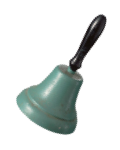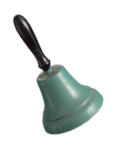Echoes of 1959, Singapore River Tour 2025
1, 15, 29 May • 03:30pm •
Explore Singapore’s rich history, culture, and iconic sights in a 2.5-hour adventure. Enjoy a local dining experience, a guided walk-through Clarke Quay, and a river cruise past the city’s stunning landmarks and transformation.


